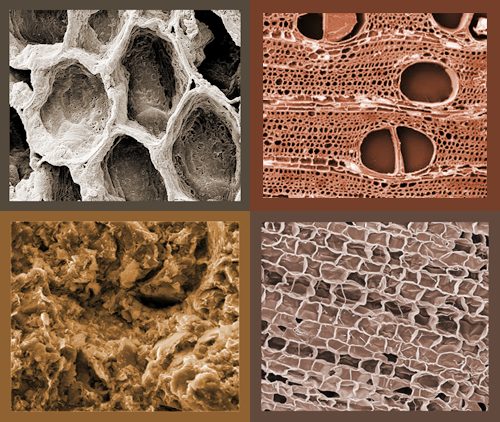clearsky57
Well-Known Member
There has been much discussion lately on growing (or not being able to grow) long petalled multi's, with particular attention to sanderianum and it's hybrids..
If we think about where paph sanderianum live in the wild, and we try to simulate the media they grow in, are we worrying too much about that part of their culture?
Afterall,,,, most long petalled paphs, are some generations from those wild collected plants, and does the actual in situ substrate have as much of a factor on their growing success as, does just proper care, light and watering? I think IMO, as long as you follow generalities, like light per day, and watering- x amount per week, do the type of medium you use have as much to do with good growing nowadays?
I would love to hear what others like to use for substrates, (and their reasoning for using such products) I think everyone that grows multiple plants have "their own" recipe that works for them and their conditions, but i would like to think that if we generalize there will be more in common than not...
If we think about where paph sanderianum live in the wild, and we try to simulate the media they grow in, are we worrying too much about that part of their culture?
Afterall,,,, most long petalled paphs, are some generations from those wild collected plants, and does the actual in situ substrate have as much of a factor on their growing success as, does just proper care, light and watering? I think IMO, as long as you follow generalities, like light per day, and watering- x amount per week, do the type of medium you use have as much to do with good growing nowadays?
I would love to hear what others like to use for substrates, (and their reasoning for using such products) I think everyone that grows multiple plants have "their own" recipe that works for them and their conditions, but i would like to think that if we generalize there will be more in common than not...




